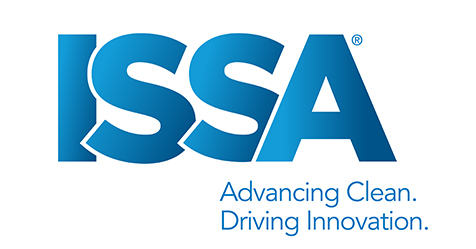Case Study: Putting Classroom Germs in Detention
By: Angela Marie Lopez, M.Ed., second grade teacher, Desert Vista Elementary School
As an elementary school teacher, I’m no stranger to dealing with every kind of classroom mess from snack time crumbs and glitter, to my students’ runny noses. But I’ve learned that when you’re dealing with kids, they share germs just as easily as they share toys and school supplies. I want to keep my students healthy, which is why I teach simple illness prevention and good hygiene practices to supplement the efforts of my district’s custodial staff.
Challenge: Curbing Student Absences
Desert Vista Elementary School is part of the Apache Junction Unified School District in Arizona, and is the largest elementary campus in the district. In a big school like ours, germs tend to spread quickly through classrooms due to the close contact the students have with one another—especially during cold and flu season.
Solution: Take an Extra Step to Disinfect, and Teach Preventative Measures
Our custodial staff vacuum, empty trash daily, and also wipe down desks and surfaces with a cleaner disinfectant product. Yet with outbreaks occurring in the building, I was concerned that the regular daily and weekly cleaning protocols may not be enough to prevent my students from catching and spreading germs. My goal was to find a way to prevent illness-related absences and instill healthy hygiene practices in my students without creating additional burdens on school resources.
In addition to disinfecting, I reinforce with my students the importance of illness prevention practices such as coughing and sneezing into their elbows, properly blowing their noses, and washing their hands with soap and water or hand sanitizer.
These simple disinfecting and prevention practices made a big impact. My classroom was the only kindergarten class that did not suffer an illness outbreak. My prevention practices worked so well that I continue to implement them in my second grade classes.
We teachers wear many hats, and my suggestion to other teachers is if your school is facing similar outbreak challenges, the solution may be to take a closer look at your cleaning process and illness prevention efforts to determine what practices and products you can incorporate to encourage a healthier student environment.
For more information about Clorox Professional Products Company’s cleaning and disinfecting solutions, visit
About the Author: Miss Angela Marie Lopez, M.Ed., is a second grade teacher at Desert Vista Elementary in Apache Junction, AZ. Miss Lopez has been a teacher there for four years, and previously taught grade three and kindergarten classes. Clorox Professional Products Company supplied Miss Lopez with a sample of Clorox Commercial Solutions®Clorox® Disinfecting Wipes.





